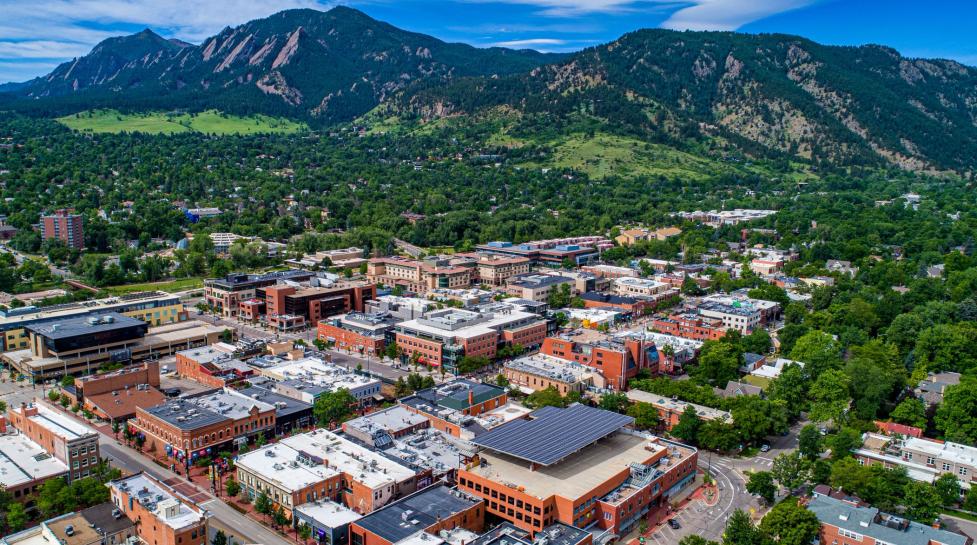Updates aim to align the city’s Inclusionary Housing program with nationwide best practices
Changes to the City of Boulder’s Inclusionary Housing Ordinance took effect on Jan. 30, 2024. Updates help clarify requirements, simplify language and reduce redundancies.
Inclusionary Housing (IH) is a regulatory requirement that all new residential development designate 25% of the units as affordable housing or contribute to affordable housing by alternate means, like a cash-in-lieu or land dedication.
Affordable housing is a vital component of a thriving community and the city is committed to maintaining diverse housing options for all people, regardless of their income. The city has a goal for 15% of all homes to be affordable for low-, moderate-, and middle-income households by 2035. The IH Ordinance is one of several ways that the city aims to reach this goal. Learn more about affordable housing in Boulder.
Key highlights of these updates include:
- Alignment with nationwide IH best practices.
- Cash-in-lieu contributions are now based on the residential square footage of a project, resulting in rates that scale with project size, creating a fair burden across different sized units. This approach incentivizes smaller, more affordable market-rate units.
- Helping to increase affordability.
Updating Boulder’s Inclusionary Housing Ordinance was identified as a priority by City Council in 2022. These updates are part of a larger effort to address Boulder’s housing crisis by expanding housing supply and diversity of available housing types. Other recent council priorities addressing these housing challenges include zoning amendments, loosening regulations on accessory dwelling units, and occupancy reform.
Learn more about Inclusionary Housing on the city’s website.
